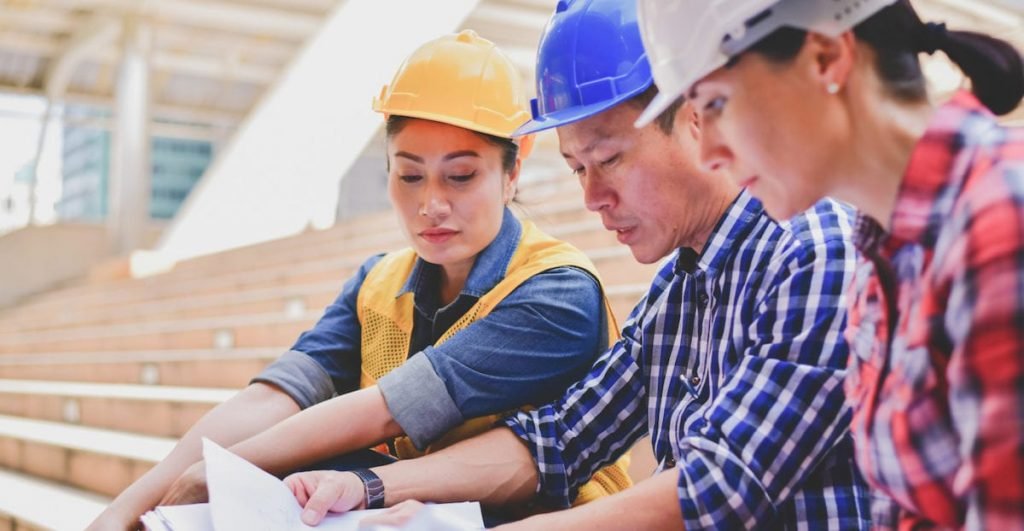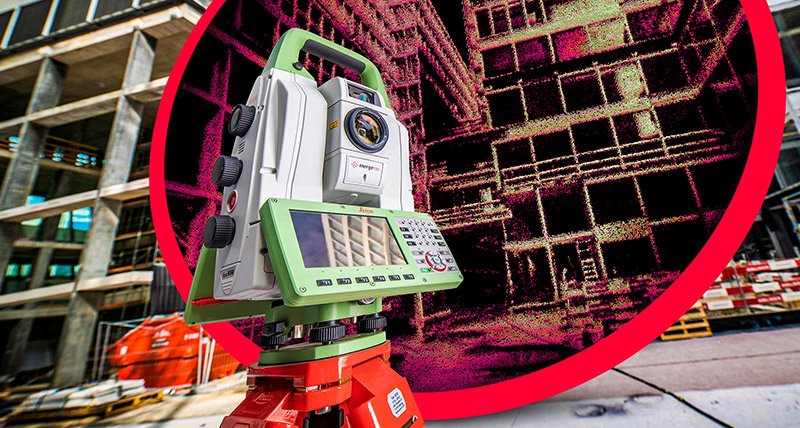[ad_1]
What You Need to Know About Boundary Surveys
A boundary survey is an important process in determining the exact boundaries of a property. It is used to establish the legal boundaries of a property, and it is also used to ensure that there are no encroachments onto the property by a third party. A boundary survey is typically conducted by a licensed land surveyor and involves taking measurements of property boundaries and observing any existing features that might affect the boundary.
Why Is a Boundary Survey Necessary?
A boundary survey is necessary to ensure that the boundary of a property is accurately determined. This is important for a variety of reasons. For one, it can help to ensure that a property is not encroached upon by a third party. It can also help to ensure that any construction that is done on the property is done within the legal boundaries of the property. Lastly, a boundary survey can help to resolve any disputes that may arise between neighboring property owners.
What Does a Boundary Survey Include?
A boundary survey typically includes the following components:
- Identifying and mapping the boundary lines of the property
- Searching for and documenting any existing boundary markers, such as fences, posts, or walls
- Checking for any encroachments onto the property
- Marking any boundaries that need to be established
- Making a survey map of the property
What Are the Benefits of a Boundary Survey?
There are many benefits to having a boundary survey conducted on a property. For one, it can help to ensure that any construction that is done on the property is done within the legal boundaries of the property. It can also help to ensure that any disputes that might arise between two neighboring property owners can be resolved quickly and without any costly legal fees. Lastly, it can help to ensure that no encroachments are made onto the property and that all property lines are accurately determined.
What Are the Limitations of a Boundary Survey?
While a boundary survey can be a useful tool in determining the boundaries of a property, it is important to keep in mind that there are some limitations. For one, a boundary survey is only as accurate as the measurements that are taken during the survey. If the measurements are not accurate, then the boundary lines may not be accurately determined. Additionally, a boundary survey cannot determine the exact location of any underground utilities or other features that may have an effect on the boundary lines.
Conclusion
A boundary survey is an important process in determining the exact boundaries of a property. It can help to ensure that any construction that is done on the property is done within the legal boundaries of the property and can also help to resolve any disputes that may arise between neighboring property owners. While a boundary survey can be a useful tool, it is important to keep in mind the limitations, such as the accuracy of the measurements and the inability to determine the location of any underground utilities or other features that may have an effect on the boundary lines.
[ad_2]




